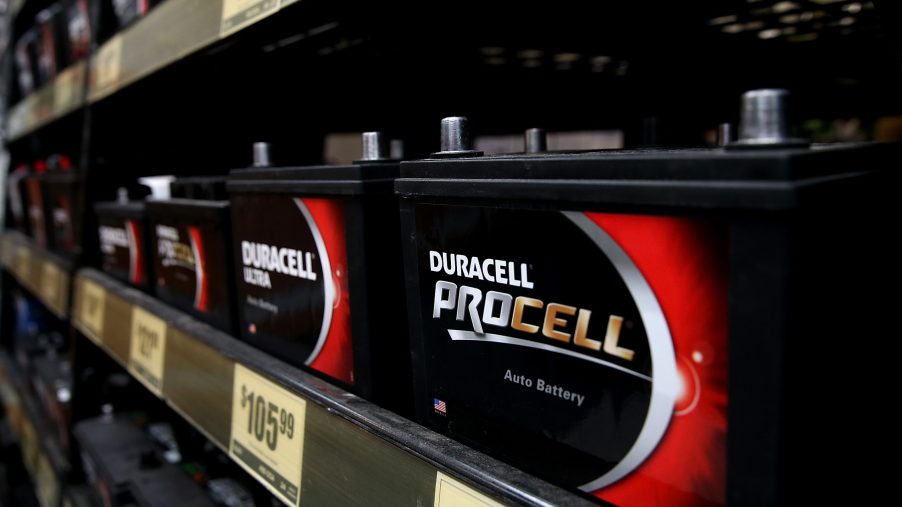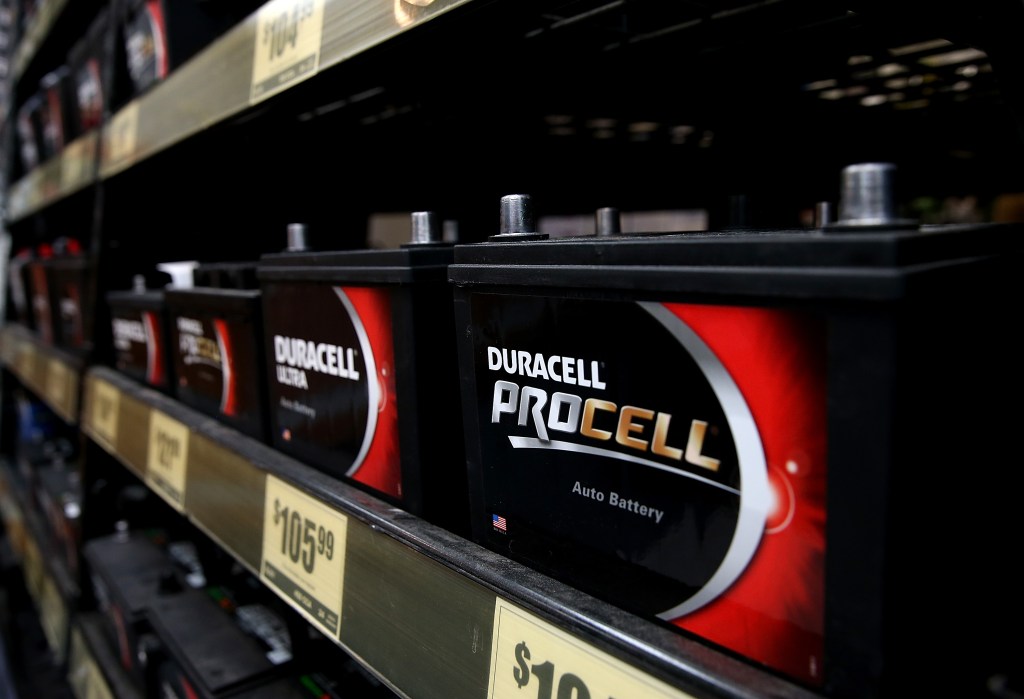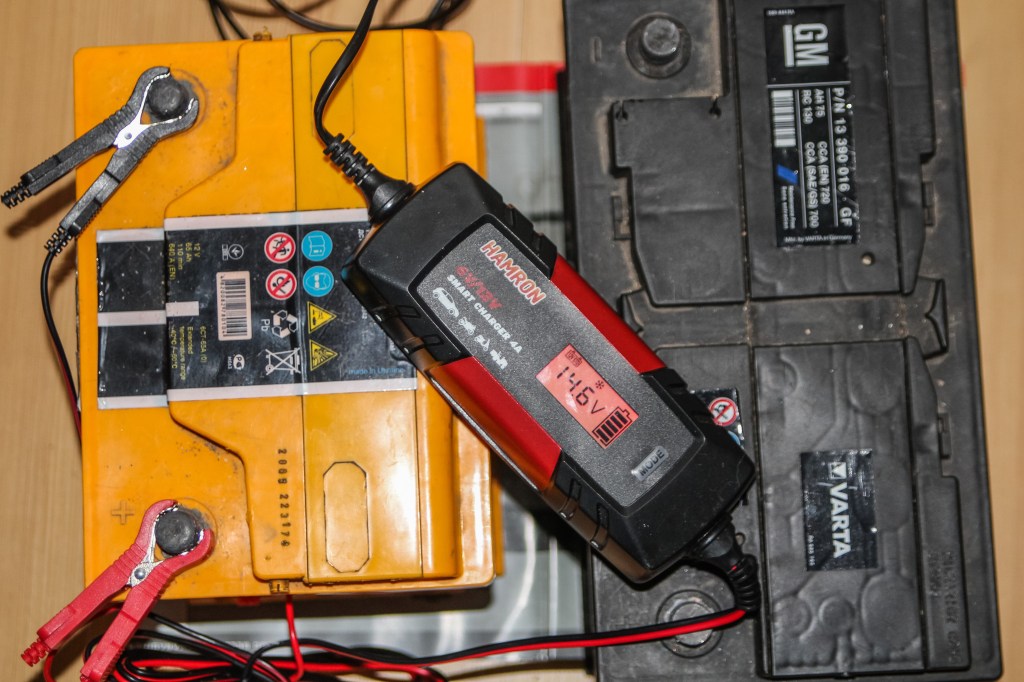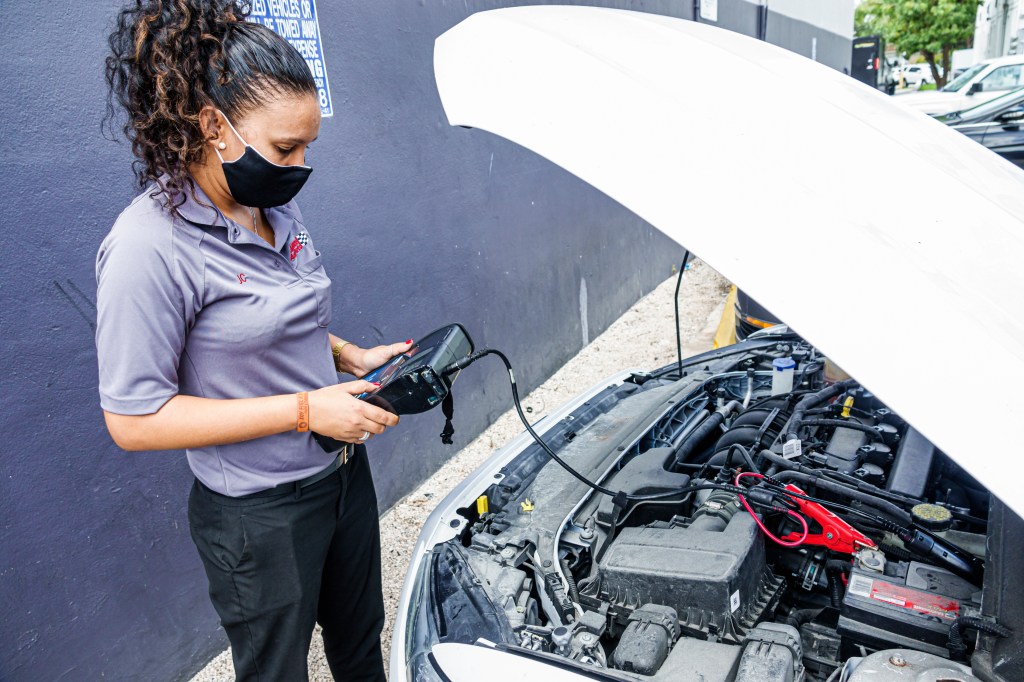
Car Battery Maintenance: Everything You Need to Know
Every aspect of your car needs to be properly maintained. This includes the battery, which works especially hard during the winter months to get the car running. Luckily, maintaining car batteries is incredibly straightforward, as is replacing them when they die. Here’s everything you should know about car battery maintenance.

Precautions to take before working on car batteries
Before diving headfirst into battery maintenance, there are some safety matters that need to be addressed. For starters, your car’s battery packs a lot of energy, and if handled incorrectly, can damage your car (and you). When handling car batteries, it’s a good idea to wear rubber gloves, just to add a layer between the battery and your hands.
On top of that, you never want to directly connect the positive and negative terminals. That may sound obvious, but is an easy mistake to make. Say you lay a metal wrench on top of the battery. If it touches the red terminal (positive) and any other metal part of the car, you can short the battery and cause a fire.
Keep wrenches, and pretty much everything, off the battery. That way you won’t “spark” and issues.
Use a battery terminal brush to get the most power from your battery
Now that you understand basic battery safety, it’s time to get to work. First, head to your local auto parts store and buy a battery terminal brush. It’ll look like a brush on a can, and is used to clean both the terminal and the connector that supplies power to the car. If there’s corrosion on the battery, it limits the amount of power the battery can supply.
Take your wrench and unscrew the connector from the battery terminal. From there, use the brush to clean the inside of the connector, and then the other side to clean the outside of the terminal. By doing this, you increase contact between the terminal and the connector, which gives the car more energy to work with.
When should you replace the car battery?

Car batteries can last a surprisingly long time, though the rule of thumb is to replace them every three to five years. That said, the lifespan of a car battery will vary depending on how you use it. If you only drive short distances, you’re working the battery much harder. That’s because, as you drive, the alternator recharges the battery, and if you don’t drive far, the battery isn’t charged enough.
It also depends on what kind of climate you live in. After many cold winters, the energy density of a car battery will drain. Whereas in the warm southern states, car batteries don’t die nearly as often.
My suggestion is to buy a battery tester and check the battery every six months. The tester will let you know whether the battery is in good condition, or needs to be replaced. However, if you ever find yourself with a dead car battery, that doesn’t mean you have to replace it.
How to jump start a dead battery

If checking and cleaning the battery terminals doesn’t work, then your car’s battery may just need a jumpstart. Perhaps you left a light on overnight, which slowly killed the battery. Jump starting a battery is often all you need in order to get your car running again.
If you have a portable battery jump pack, you can jump-start a car without anyone’s help. Simply strap the red clamp to the red terminal, then the black clamp to the black terminal of the dead car battery. From there, jump some juice to the battery, start the car, and let it run for a while. Again, the alternator needs to charge that battery, so starting it then shutting it off again doesn’t help.
If you have jumper cables, then you’ll need to borrow someone else’s car. Strap one of the red clamps to the red terminal of the dead battery, then the other red clamp to the battery that’s alive. Next, attach on of the black clamps to the terminal of the good battery, and then finish by attaching the last black clamp to the black terminal of the dead car battery. Start the good car, then start the dead car, and see if that solves the problem.
If jumping your car doesn’t start your car, there could be other issues besides the battery. For instance, your alternator may not be charging the battery as you drive. Your starter could also be faulty, which would mean nothing happens when you turn the key.
However, if you’re noticing that the lights in your car are dimmer, the electronics run slower, and even the headlights aren’t as bright, those are good signs that you need a new battery. But with proper cleaning and maintenance, your car’s battery should last longer than you’d expect.


